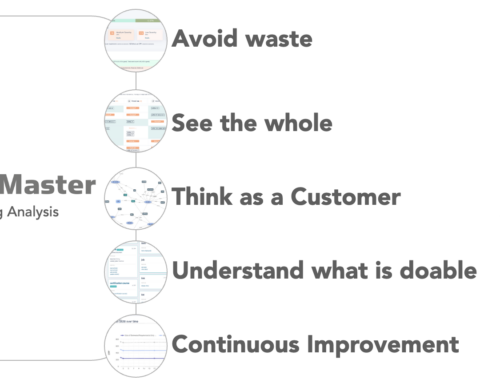Defects found in the phase in which they occurred are relatively inexpensive to fix, often with just a conversation between analysts or developers and the product owner.
The cost of requirements defects
A requirement defect not detected until after design or coding can become very expensive to fix, many times the cost of the work it would have taken to fix it early early.
Referenced in this article is the supposition that $30bn is wasted every year in the USA alone on requirements defects. Is this a reasonable number? With around 3m software developers in the USA that amounts to around $10,000 each spent on addressing requirements defects. That seems about right, or perhaps even below what one might expect.
Yet if you look at the real cost of software/implementation problems that might be linked back to requirements, just one instance alone will have directly cost at least $1Bn, that of the Boeing 737 max. So is $30Bn an underestimate of the real cost of requirements defects? We think so.
Defect Prevention
So what can be done about it? Firstly, the agile approach of embedding users/product owners within the development team is a major aid to early discovery of requirements defects. Secondly there are various techniques for teasing out the true requirements early: peer reviews, prototyping, requirements workshops.
But sometimes requirements are still overlooked. Remember that a forgotten requirement is a requirement defect. And sometimes businesses are not comfortable with the agile approach of exposing requirements as they go and want to have them all clearly articulated up front.
Leading the way
With ScopeMaster we believe we have created the first automated tool that “understands” and tests requirements. It recommends improvements to written software requirements, exposing potential requirements defects early, driving a precision and accuracy of language that will help to chip away at that $30Bn problem!




